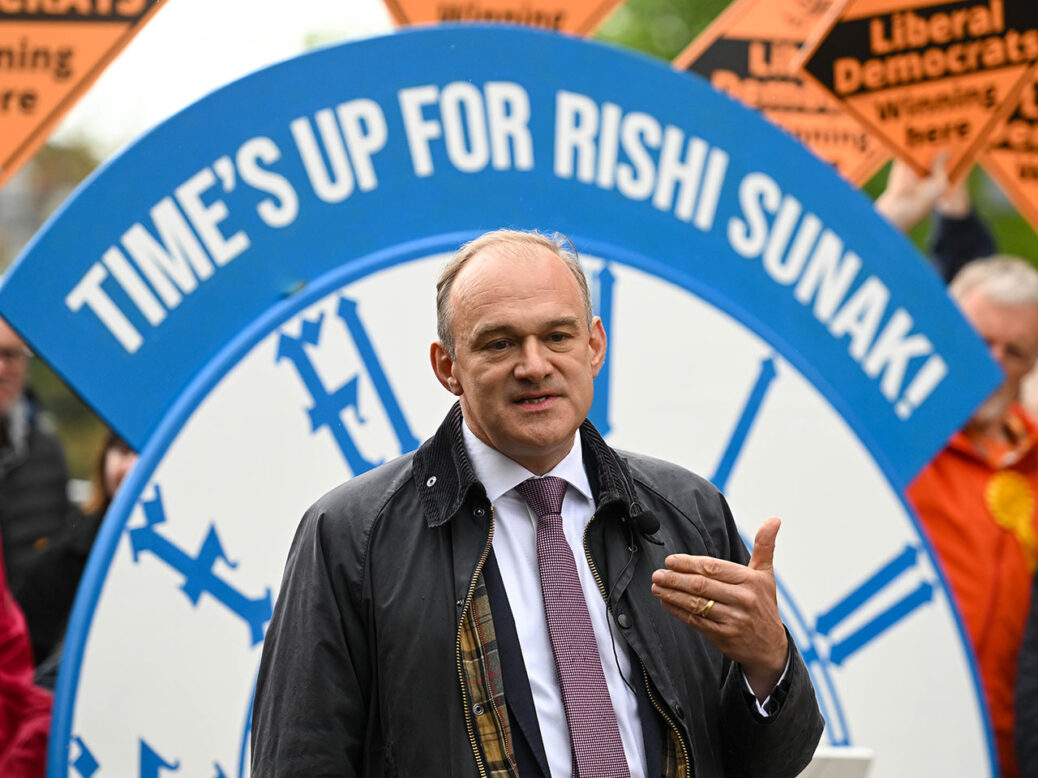
The local elections of May 2019 were pretty disastrous for Theresa May’s government, as I remember all too well. It was no consolation that they subsequently turned out to be less disastrous than the European parliamentary elections three weeks later.
In the local elections, Leave-voting Conservatives were grumpy and often stayed at home or voted for Ukip; Remain-voting Conservatives defected to the Liberal Democrats. The response of the Conservative Party was to turn itself into an unequivocally Leave party, which proved to be in its own short-term electoral interests if not, I would argue, in the country’s long-term interests.
It is worth returning to 2019 because it provides the context for the 2023 local election results. Four years ago the results were bad for the Conservatives but there was an obvious (if irresponsible) strategy available. The results this year are worse and the route to recovery is less clear.
The realignment of British politics did not work well for the Conservatives in the 2019 local elections but worked superbly in the general election later that year. Now it is working against them again as working-class Leave voters move back to Labour. Affluent commuter towns that voted Liberal Democrat in the 2019 local elections grudgingly voted Tory in the general election to stop Jeremy Corbyn but have swung further away from the Conservatives in 2023, even though Brexit is less of an issue. The Conservatives are vulnerable on both fronts.
[See also: Rishi Sunak, not Keir Starmer, is now the leader under pressure]
At one level, none of this is surprising. Whether our politics is realigning or not, a government that presided over the chaos of June-November 2022 and an ongoing cost-of-living crisis was always likely to get a kicking. Rishi Sunak always had a mountain to climb. Not every coronation is preceded by someone making the summit of Mount Everest.
The Liberal Democrats are clearly enjoying a good set of results, especially as they were defending a high base. No doubt they will feel vindicated in positioning themselves as the opponents of house building, rather than of Brexit. If being a protest party is enough for them, fair enough.
As for Labour, the party has done well but not spectacularly well. Put in the context of the last general election, they have advanced a long way. Put in the context of what they need to do to win a majority, they are not quite there yet.
Where does this leave us? Talk of a strong Conservative recovery has been overblown and the results confirm that. Matters are bad but better than they were last autumn. An economic recovery and the passing of time from the Johnson/Truss era may help but a Conservative majority at the next election looks very unlikely. The test for the party is now whether it avoids panicking. The Tories have been more disciplined in 2023 so far than they might have been and most MPs recognise that Sunak is more popular than the party as a whole, so I suspect they won’t revolt.
The Liberal Democrats are posing a threat in the Blue Wall. They may still yet be squeezed in a general election, as they often are, but that is not guaranteed. Labour has reason to be confident of achieving office but a landslide looks out of reach and a majority is not inevitable.
In truth, we probably knew all this before any of the results came in.
[See also: The local election results suggest Keir Starmer is heading for No 10]






